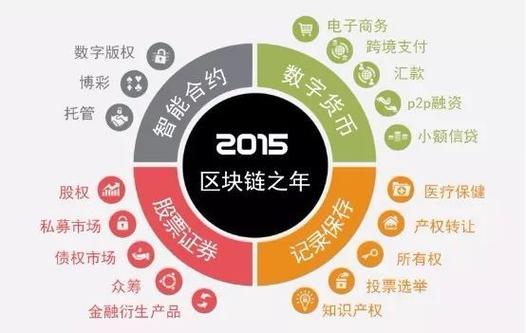Essentials for Blockchain Technology
Blockchain technology has gained significant attention in recent years due to its potential to revolutionize various industries. To effectively implement and utilize blockchain, several key components are essential:
A blockchain network operates on a decentralized system where multiple nodes (computers) participate in validating and recording transactions. This decentralized structure ensures transparency, security, and immutability of data.
Consensus mechanisms are protocols that ensure all nodes in the network agree on the validity of transactions. Popular consensus mechanisms include Proof of Work (PoW), Proof of Stake (PoS), and Delegated Proof of Stake (DPoS).
Cryptography plays a crucial role in securing transactions and maintaining the integrity of the blockchain. It involves techniques like hashing, digital signatures, and encryption to protect data from unauthorized access or tampering.
Smart contracts are self-executing contracts with the terms of the agreement directly written into code. They automate and enforce the execution of agreements on the blockchain, eliminating the need for intermediaries and reducing the risk of fraud.
The distributed ledger is a digital record of transactions shared across multiple nodes in the network. It provides a transparent and tamper-proof history of all transactions, ensuring trust among participants.
Tokenization involves representing real-world assets or digital rights as tokens on the blockchain. These tokens can represent ownership, access rights, or other forms of value, enabling new possibilities for asset management and trading.
A governance mechanism outlines the rules and processes for decision-making within the blockchain network. It defines how upgrades, changes, and disputes are resolved, ensuring the smooth operation of the network.
Scalability is a critical challenge for blockchain networks to handle a large number of transactions efficiently. Solutions like sharding, sidechains, and off-chain scaling help improve the network's capacity and performance.
Interoperability standards enable different blockchain networks to communicate and transact with each other seamlessly. Establishing common protocols and standards enhances the compatibility and connectivity of diverse blockchain ecosystems.
Adhering to regulatory requirements is essential for the mainstream adoption of blockchain technology. Compliance with data protection, financial regulations, and other legal frameworks ensures trust and legitimacy in blockchain applications.

By incorporating these essential components, organizations can harness the full potential of blockchain technology to drive innovation, transparency, and efficiency across various industries.
